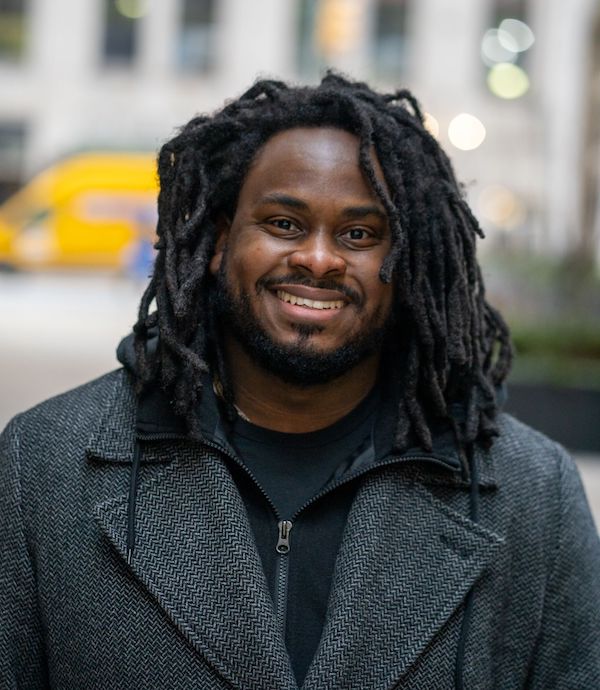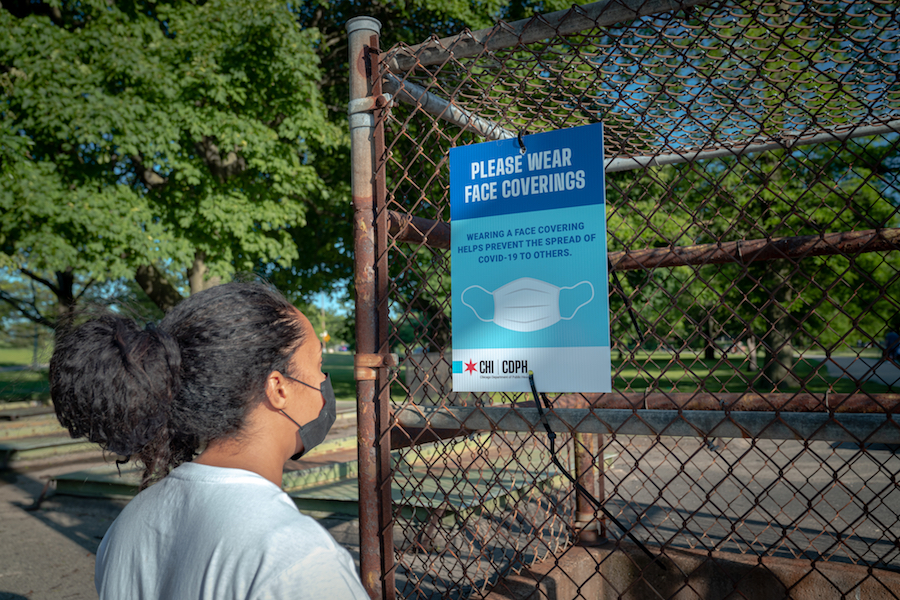Communicating About COVID-19
By Cedric F. Brown, APR
July 2020
For better or worse, COVID-19 has greatly impacted the way our profession will move forward. With limited in-person interaction and social distancing, professionals must continue to innovate how they’ll build mutually beneficial relationships for their organization and its publics.
Meanwhile, reports show that the majority of those who have been treated, recovered or passed away from COVID-19 were people of color. Experts have pointed to the strong correlation of people of color occupying the lowest-paying jobs across the nation, many of which have come to be considered “essential” during the pandemic. Frontline workers, of any race or ethnicity, are the least likely to have benefits that enable them to proactively care for their health. Because of this, people of color are at a higher risk of contracting the novel coronavirus, with fewer resources to help them recover.
In late May, PRSA’s Dallas Chapter hosted a webinar on communicating with communities of color during COVID-19 with Edelman’s Global Head of Diversity and Inclusion Trisch Smith and Dr. Brian Williams, an associate professor of surgery from the Division of Trauma and Acute Care Surgery at the University of Chicago Medical Center. The two professionals discussed the specific challenges faced by non-white communities in a conversation moderated by Toiya Honore, the national director of communications at the American Heart Association.
Here are some key takeaways:
Avoid monolithics.
As Williams stated, communities of color have been on the receiving end of discriminatory and prejudicial practices from large institutions like health care systems. The COVID-19 pandemic has exacerbated the problems caused by longstanding inequities and has led to mistrust from non-white race/ethnic groups.
Williams cited examples of black and brown people who have displayed symptoms of coronavirus but were denied medical care that ultimately led to their passing. To overcome the trust barriers, Smith recommends that organizations find ways to acknowledge the unique disparities and address them in a way that lets people know that they’ll be treated with dignity and respect.
Understand cultural sensitivities.
No person likes to feel like they’re just one of many or that they’re inferior. The same is true for the wide array of race/ethnic communities.
Smith recommended avoiding the use of terms like “disadvantaged” and “underprivileged.” These words can be offensive because they use economic status to make one group of people superior to the other, when the means of how that superiority was obtained are likely rooted in oppressive practices. Instead, Smith considers the use of “under-resourced” to be more appropriate, as it focuses more on the present and can be racially ambiguous.
Put people first.
Now more than ever, organizations are being urged to put people over profits. That’s why Smith said it’s important for organizations to find ways to be of service. She provided examples of companies that have switched their focus to manufacturing products and offering services that support frontline workers.
To be active in their communities, Smith reminded us that the messenger is just as important as the message. And beyond their work in communities, organizations are also being judged by how they treat their own employees.
The actions that your organization takes now will have lasting ramifications. People are always looking to see how others carry themselves at the sign of trouble. Although COVID-19 has presented our profession with significant challenges, there is also a significant opportunity for organizations and professionals to enhance or renew their commitment to diversity and inclusion.
photo credit: shutterstock



